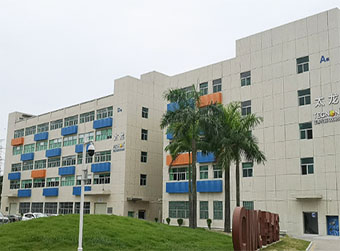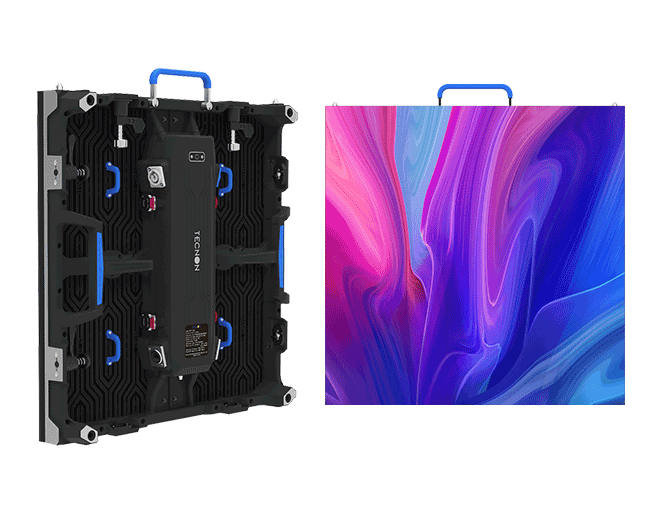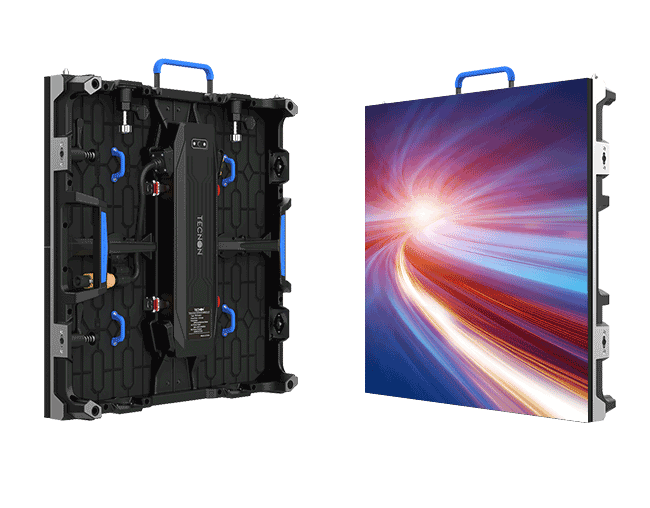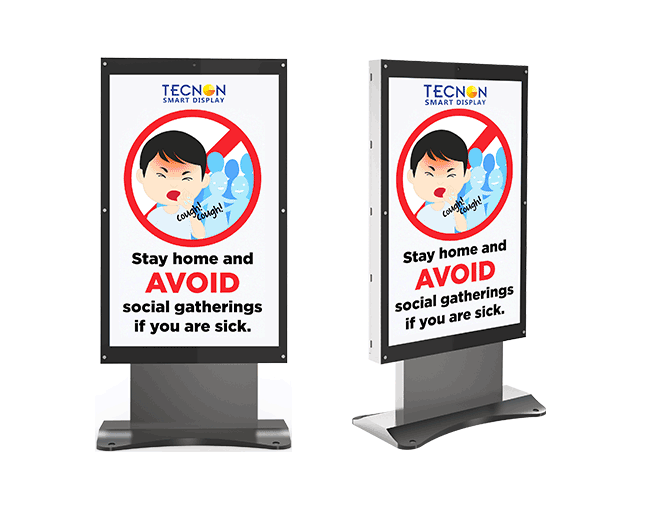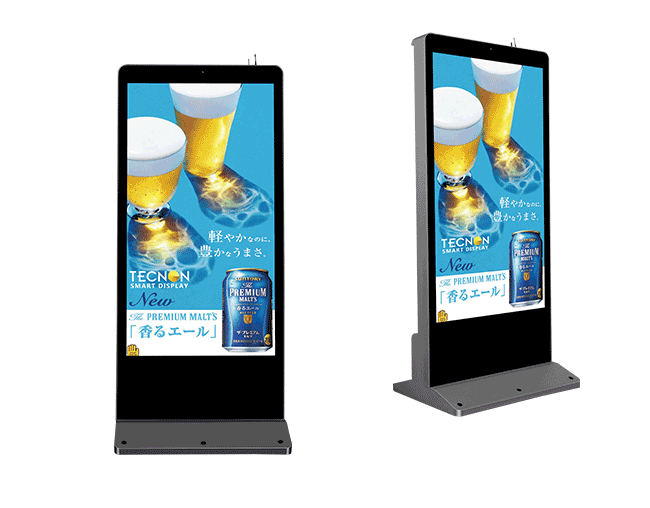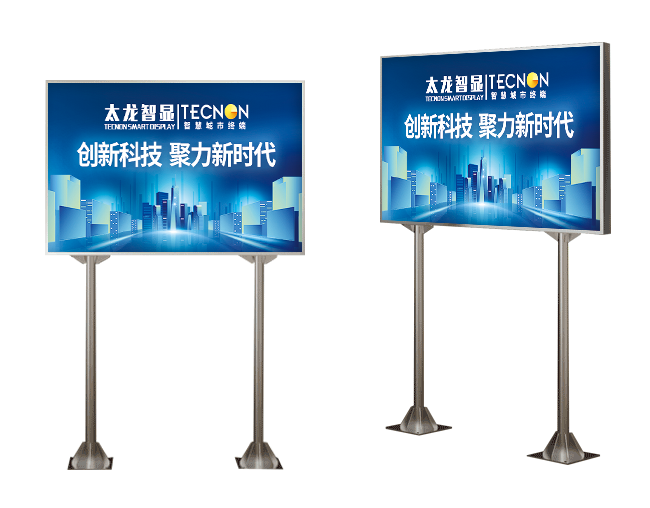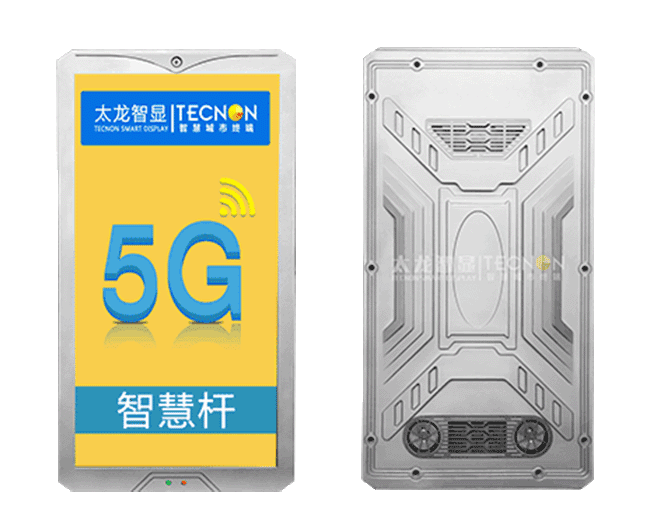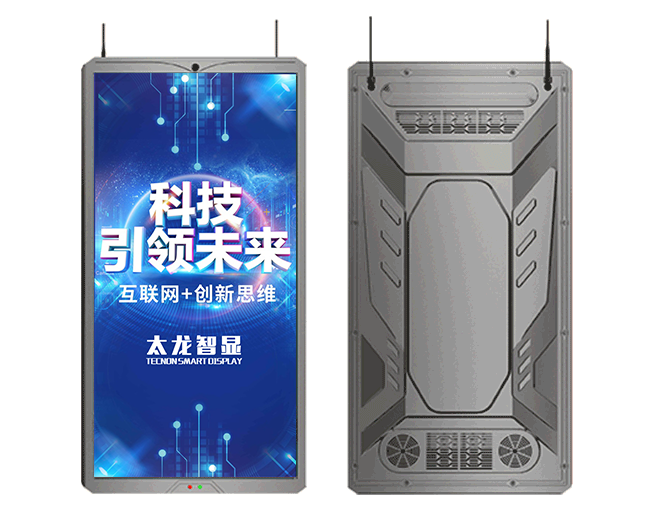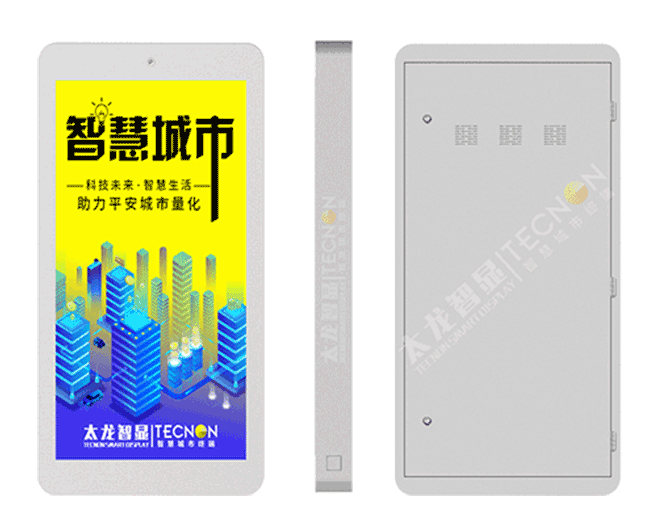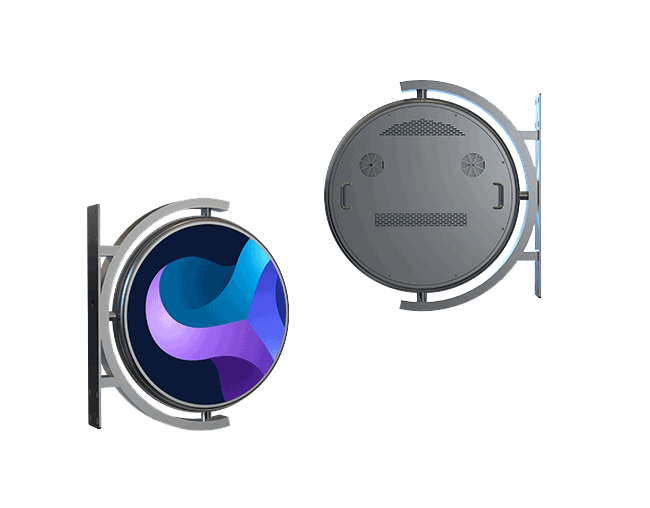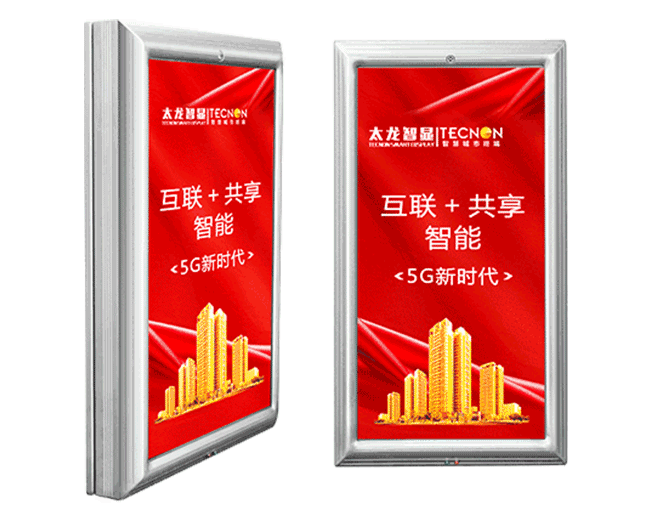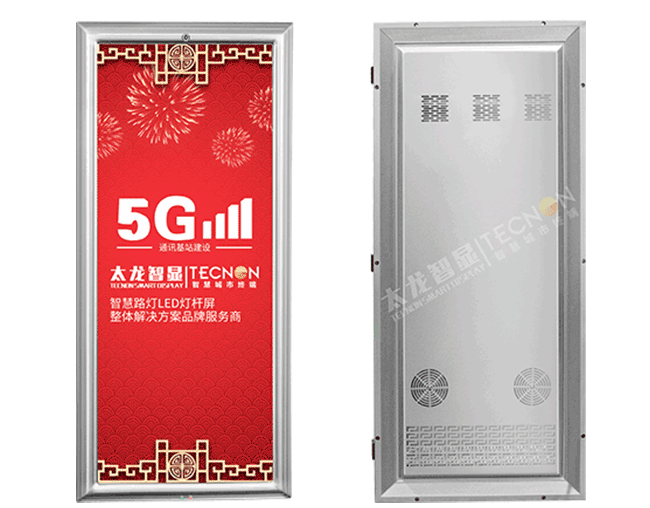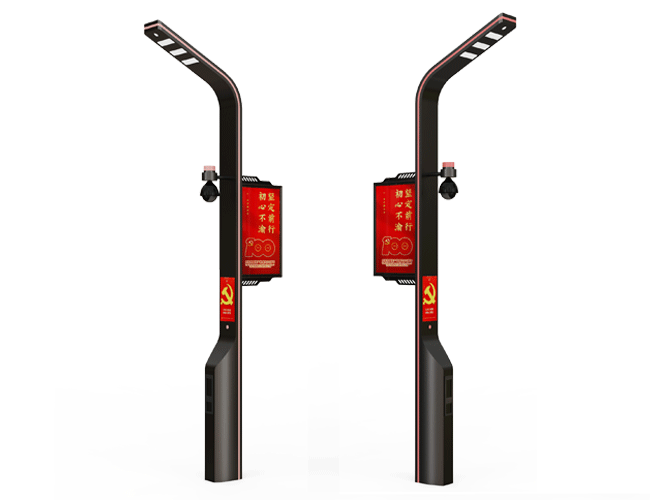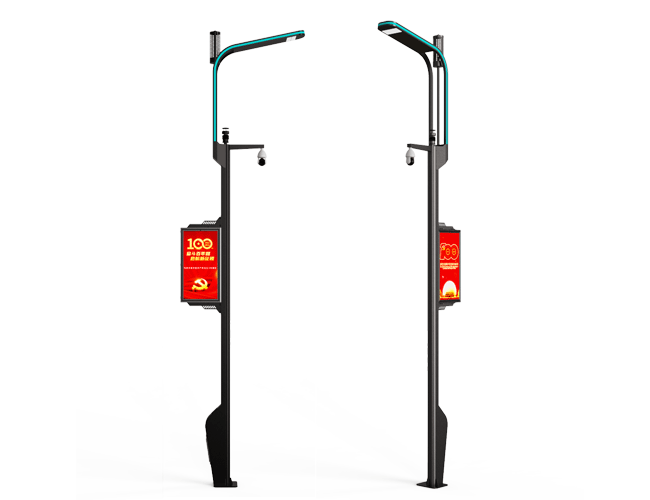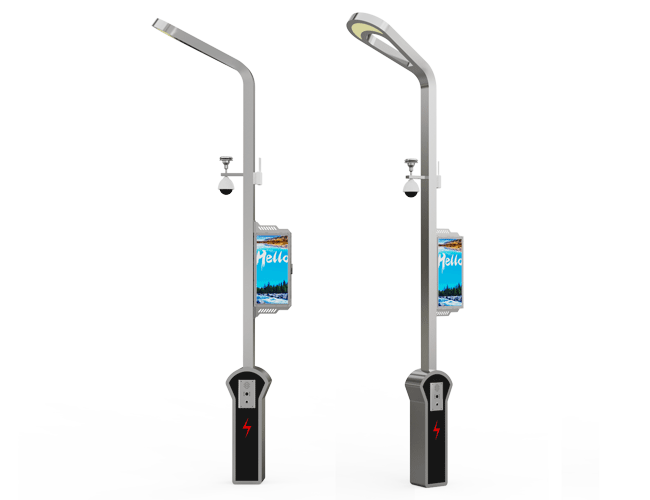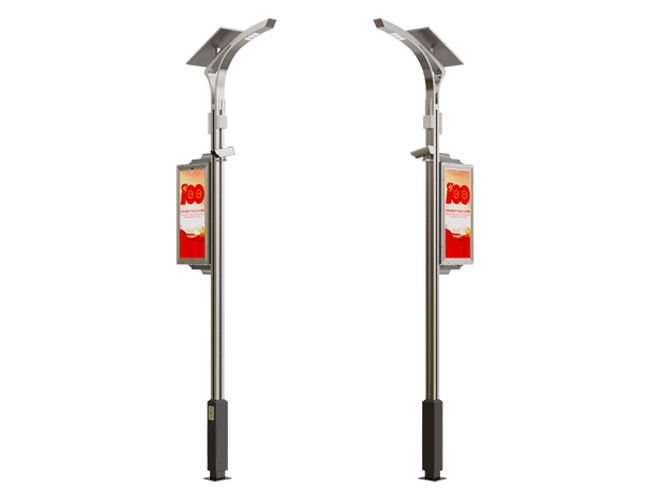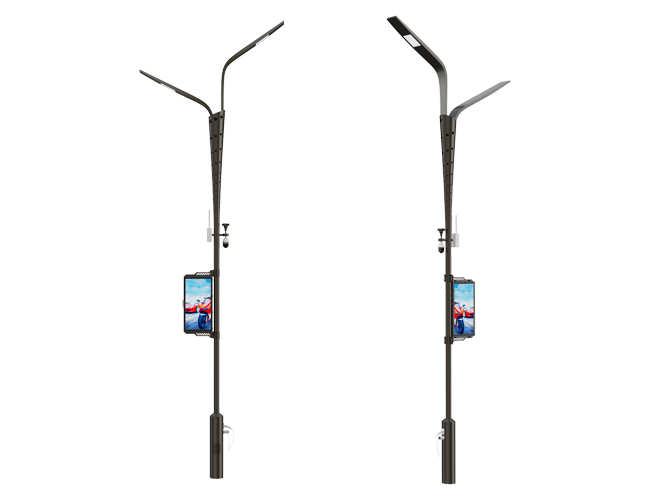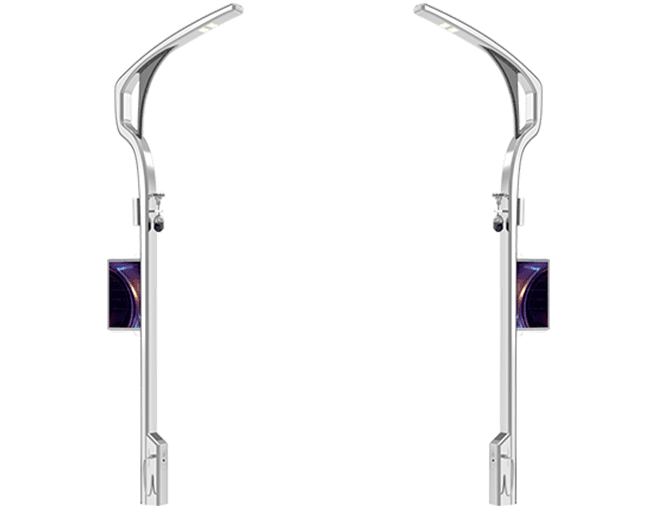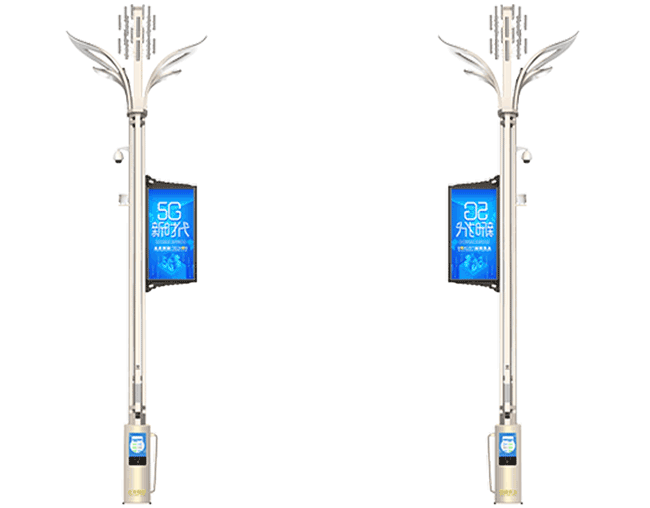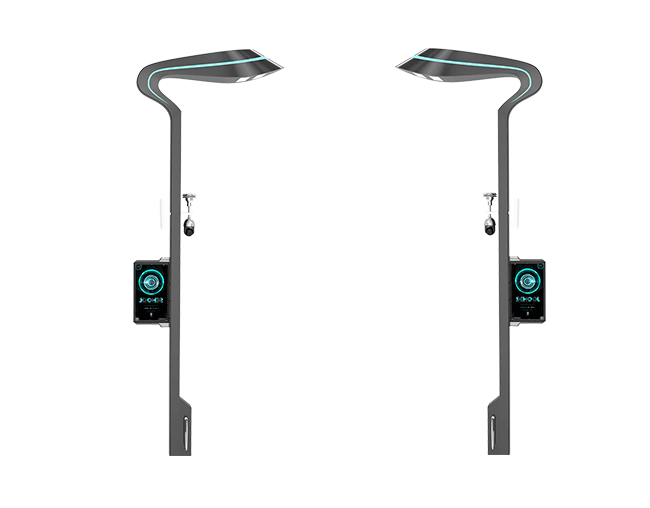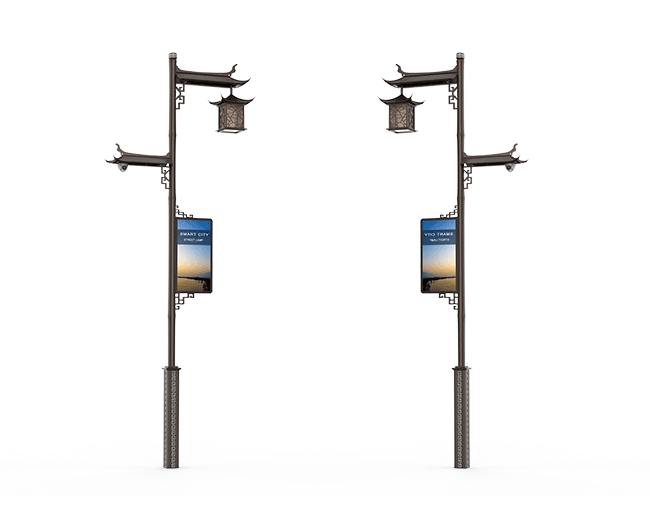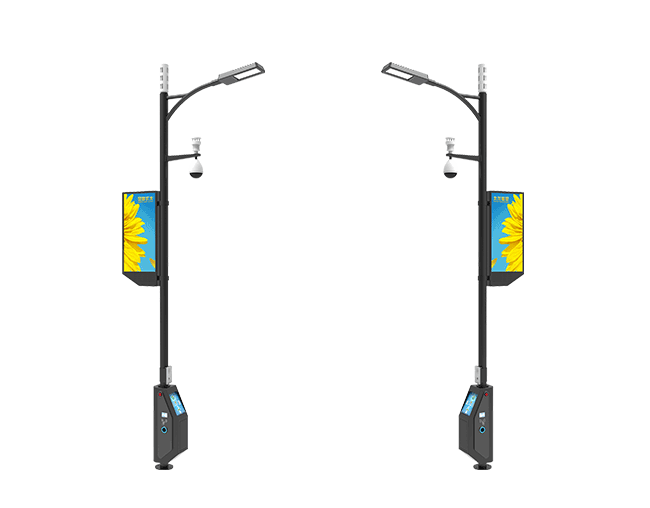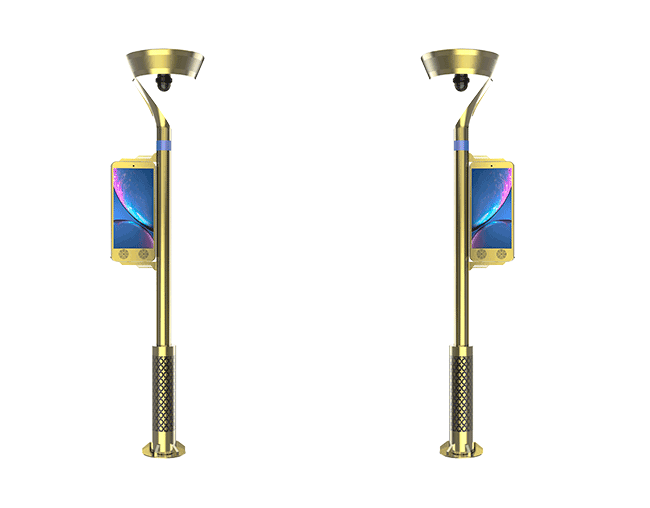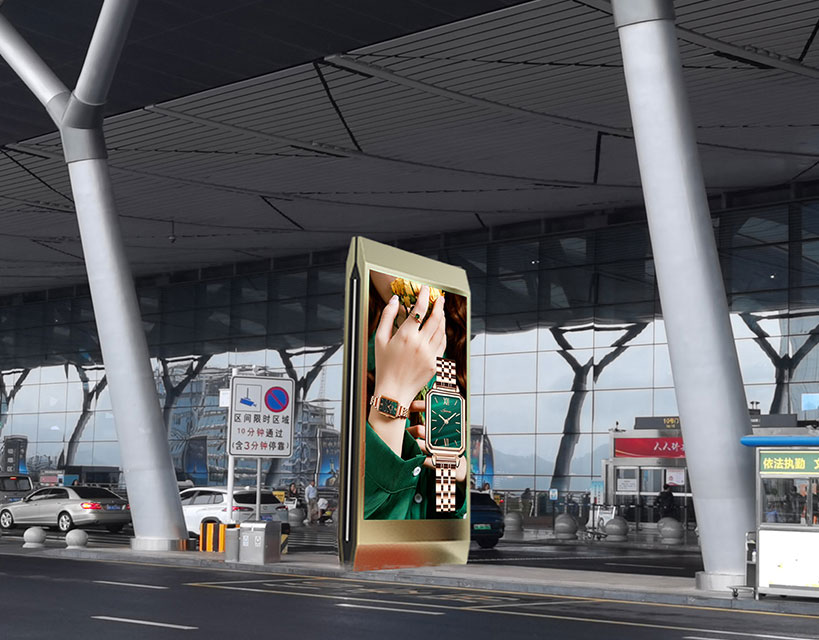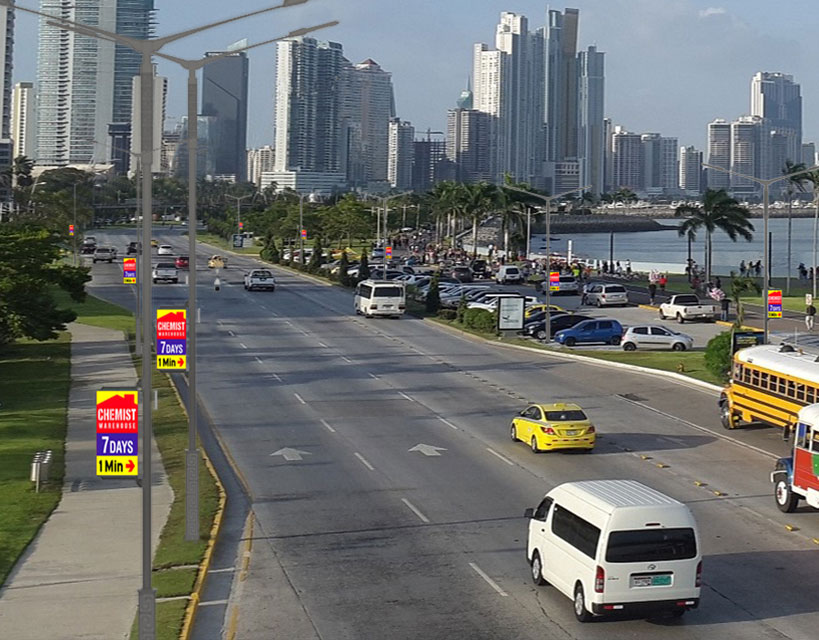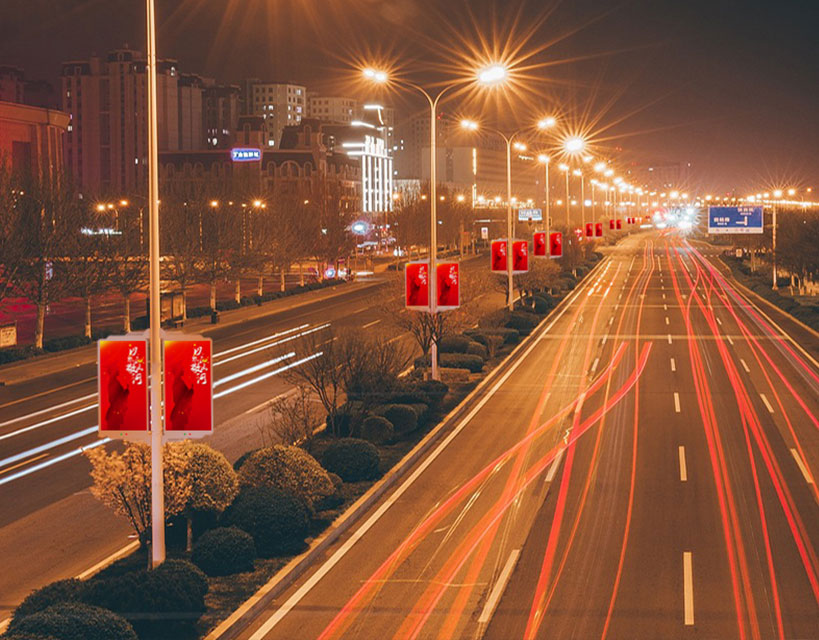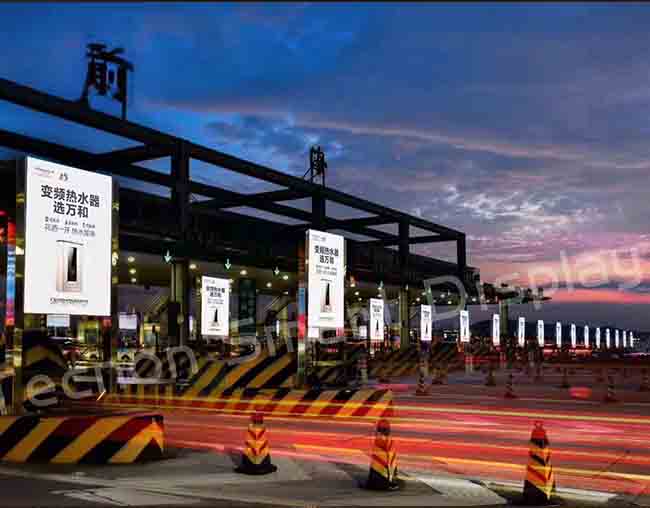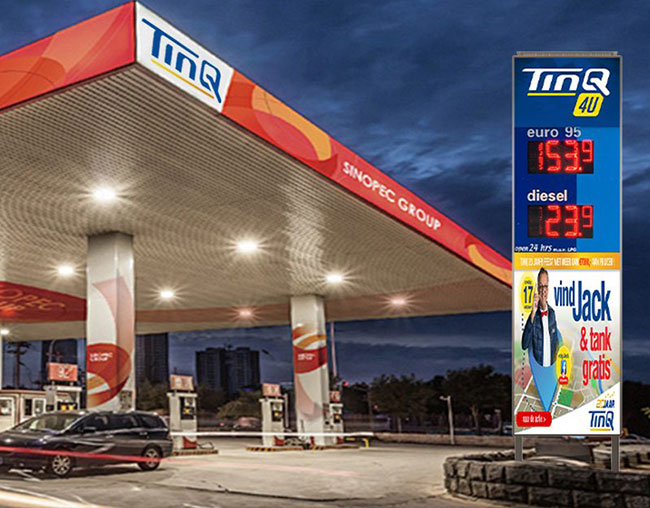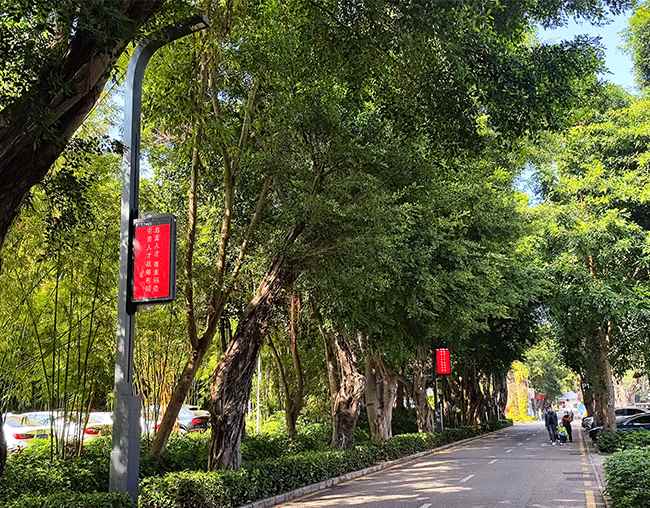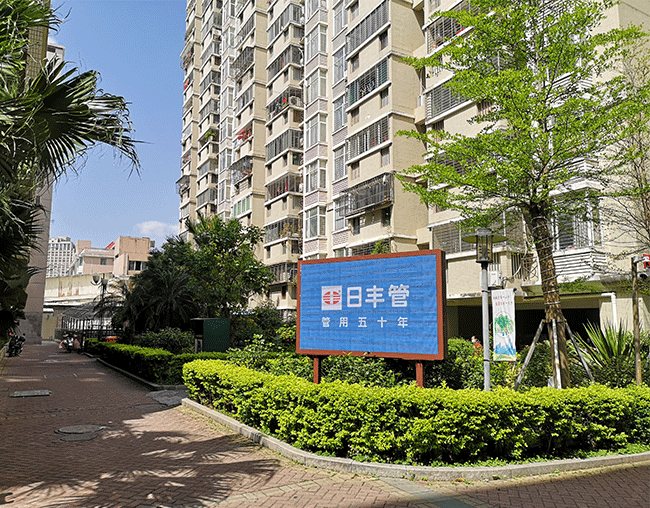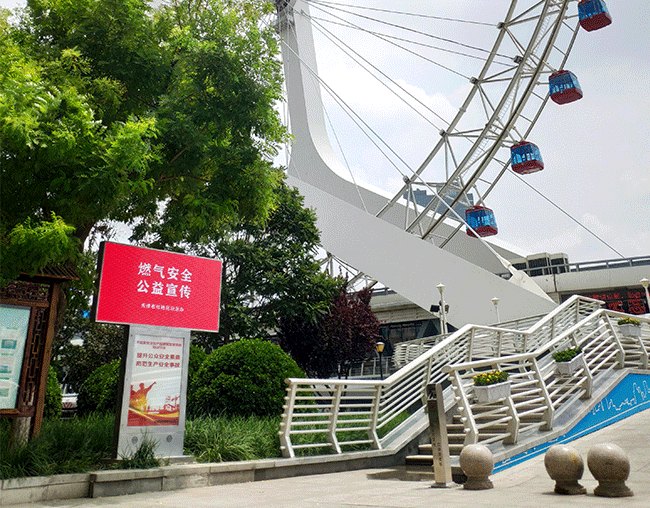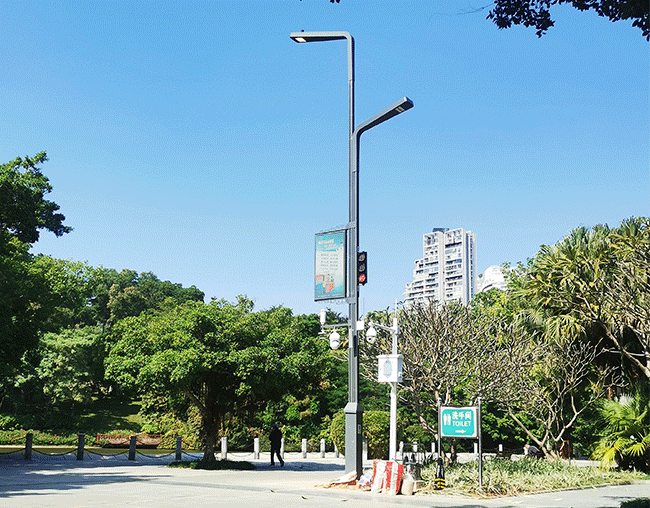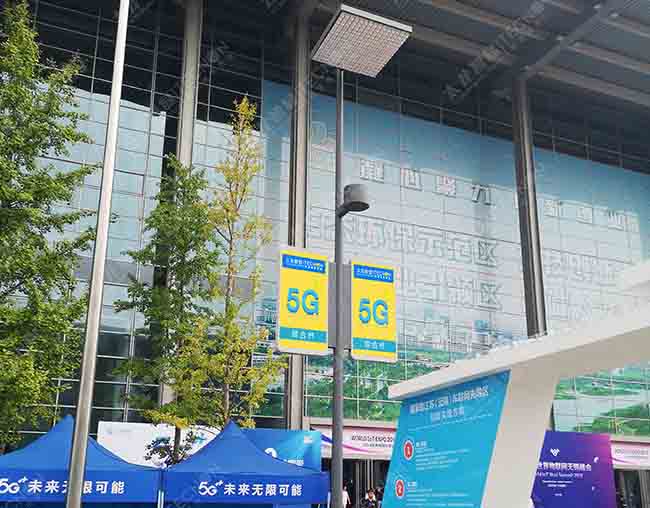How to move from intelligent infrastructure construction to smart governance? - Smart light poles
In today's era, a new round of scientific and technological revolution and industrial transformation with digitalization and intelligence as the core features is booming. As an important component of new quality productivity, the development of intelligent infrastructure has attracted much attention. Intelligent infrastructure not only covers the digital transformation and intelligent upgrading of traditional infrastructure, but also includes the construction of emerging facilities with typical characteristics of integrated innovation such as sensing power, computing power, connection power, transportation power, storage power, intelligence, and green electricity. It is like the "smart nerve" of the city, providing basic support for the efficient operation and development of the city. Smart governance is to use modern information technology to achieve precise, efficient, and scientific urban governance to improve the quality of life and happiness of urban residents.

In recent years, my country has made significant progress in the construction of intelligent infrastructure. In the field of communication networks, the rapid popularization of 5G networks provides high-speed and low-latency communication guarantees for the Internet of Everything. So far, the coverage of 5G base stations in my country has continued to expand, gradually extending from the core areas of cities to remote villages. In the field of transportation, the application of intelligent transportation systems has effectively improved the efficiency of transportation operations. Smart traffic lights can automatically adjust the timing according to real-time traffic flow to alleviate congestion. The ETC system of highways has realized non-stop toll collection, which greatly improves the speed of travel. In the field of energy, the construction of smart grids has made the power supply more stable and efficient, and can realize the precise dispatch and distribution of electricity.

As a typical representative of intelligent infrastructure, smart light poles are gradually becoming popular in cities. It integrates multiple functions such as lighting, communication base stations, environmental monitoring, video monitoring, and information release. In the main roads and important areas of some cities, smart light poles have become a beautiful landscape. The environmental monitoring equipment carried can monitor air quality, noise, etc. in real time and provide accurate data for environmental protection departments. The display screen on the light pole, that is, the light pole screen, plays an important role in information release.

Smart light poles and light pole screens also play an important role in urban management and public services. Through the connection with the urban management platform, smart light poles can realize remote monitoring and management of urban facilities. When the sensors on the lamp poles detect problems such as street lamp failures and missing manhole covers, they can promptly feedback the information to the management department for quick repair and processing. In terms of public services, lamp pole screens can publish information on cultural activities, tourist attractions, etc., enrich the cultural life of citizens, and improve the city's tourism service level. During a large-scale cultural event held in [city name], the lamp pole screen scrolled the time, location, program content and other information of the event, attracting a large number of citizens to participate and achieving good results.
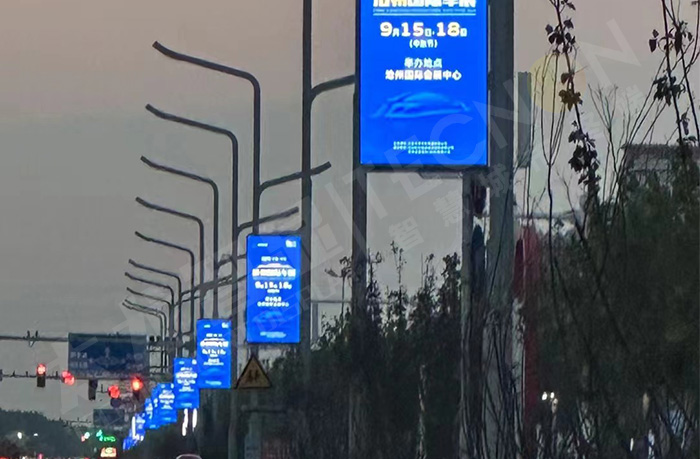
Although the construction of intelligent infrastructure has achieved certain results, it still faces many challenges in the process of moving towards smart governance. The problem of insufficient coordination of infrastructure development is more prominent. There is a lack of unified planning, division of labor and functional complementarity between various types of infrastructure, and there are phenomena such as heavy hardware, light software, and unbalanced spatial layout. Infrastructure built by different departments often acts independently, resulting in serious information islands. The intelligent transportation system built by the transportation department may not be effectively connected with the video surveillance system of the public security department, which affects the sharing and comprehensive utilization of data.

To achieve the transition from intelligent infrastructure construction to intelligent governance, we first need to strengthen the top-level design. Make systematic arrangements for the goals, definitions, scope, status, role, value, strategy, planning, design, investment and financing, construction, pricing, operation, maintenance, risk, supervision, law, system, policy, standard, evaluation, and governance of intelligent infrastructure at the national level. Clarify the responsibilities of various departments in the construction of intelligent infrastructure and intelligent governance, establish and improve cross-departmental coordination mechanisms, break information islands, and promote data sharing and business collaboration. Formulate unified data standards and interface specifications to ensure that different systems can be interconnected.

It is crucial to comprehensively improve the intelligent infrastructure system. Continue to increase the construction of new infrastructure such as 5G networks, data centers, and artificial intelligence platforms to improve the digitalization and intelligence level of infrastructure. Further promote the application of multifunctional integrated facilities such as smart light poles to improve the utilization efficiency of infrastructure. During the construction process, we must pay attention to green environmental protection, adopt energy-saving technologies and materials, and reduce energy consumption and environmental pollution.

Form a development pattern of government platform, enterprise innovation, social investment, and multi-party participation. The government should increase financial investment and policy support for the construction of intelligent infrastructure, and guide social capital to participate in construction and operation. Encourage enterprises to increase R&D investment, strengthen the localization of key technologies, and improve the independent innovation capabilities of my country's intelligent infrastructure construction. Strengthen cooperation with universities and scientific research institutions, cultivate and introduce professional talents, and provide talent guarantee for smart governance. Establish a collaborative innovation mechanism for industry, academia, research and application to promote the transformation and application of scientific and technological achievements.

Intelligent infrastructure construction is the foundation for moving towards smart governance, and smart governance is the goal and destination of intelligent infrastructure construction. By strengthening top-level design, improving the infrastructure system, classifying policies, and multi-party participation, we can gradually overcome the challenges we face, achieve a leap from intelligent infrastructure construction to smart governance, and create a smart city that is more livable, business-friendly, and tourist-friendly, making urban life better.




